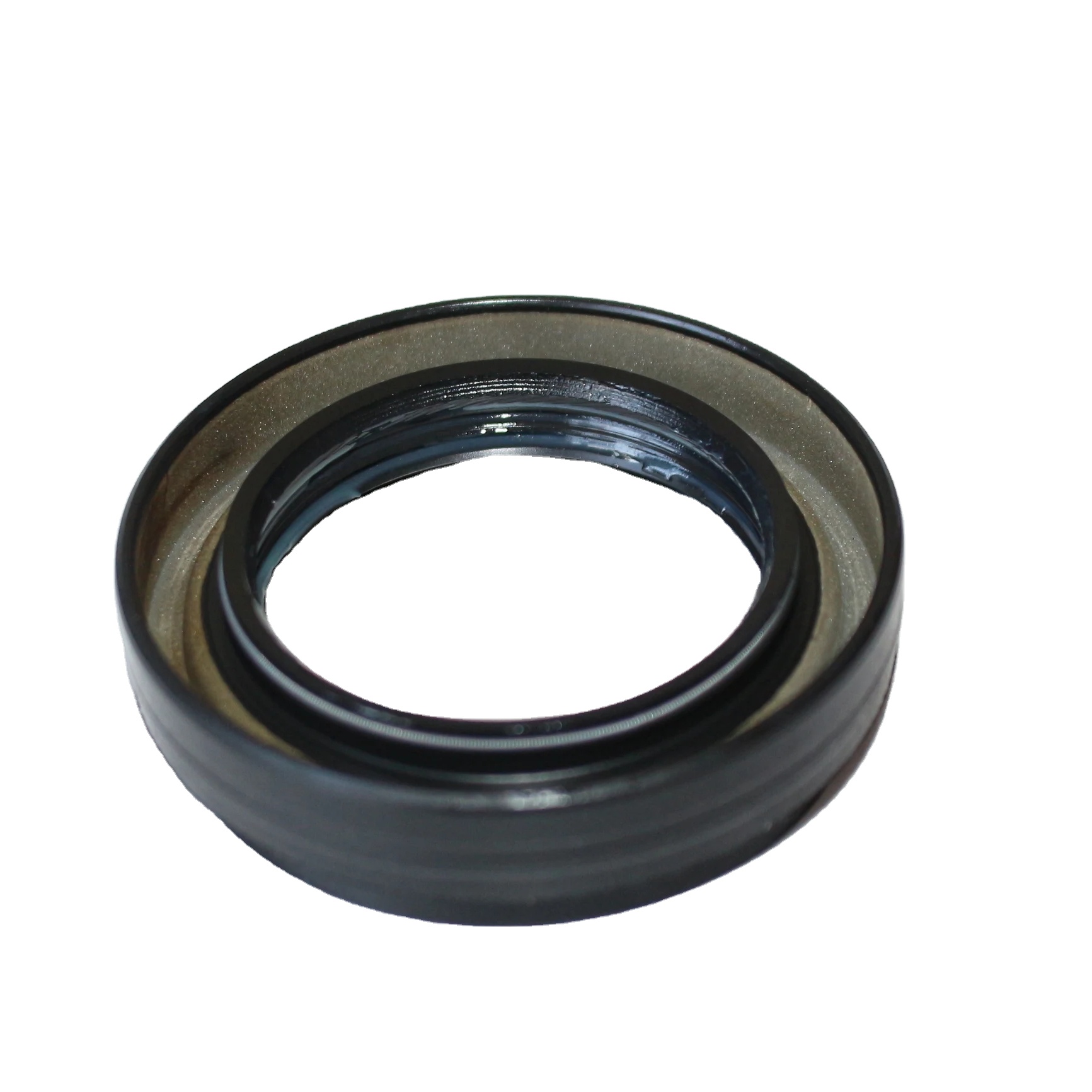Exploring the Importance and Applications of O-Rings in Various Industries and Technologies
The O-Ring A Small Piece with a Big Impact
When we think of engineering marvels and technological achievements, we often picture massive structures or complex machines. However, sometimes it’s the smallest components that play the most critical role in ensuring safety and functionality. One such component is the O-ring. While it may seem like just a simple rubber ring, the O-ring has significant applications in various industries and is crucial in ensuring systems operate smoothly and safely.
An O-ring is a circular sealing element, typically made from elastomeric materials such as rubber or silicone. Its design allows it to create a seal between two or more parts, preventing the leakage of liquids or gases. The geometry of the O-ring is what gives it its name it is literally shaped like the letter O. This design ensures that the O-ring can be compressed between mating surfaces, forming a tight seal that can withstand high pressures and varying temperatures.
The O-Ring A Small Piece with a Big Impact
One of the most notable historical events highlighting the importance of O-rings occurred during the Space Shuttle Challenger disaster in 1986. Engineers had raised concerns about the performance of the O-rings in cold temperatures on the day of the launch. Unfortunately, the decision was made to proceed with the launch despite the warnings, resulting in a catastrophic failure just 73 seconds after liftoff. This tragic event underscored the critical nature of the O-ring as a sealing component and the importance of rigorous testing and validation of materials used in high-stakes applications.
o ring o ring

In addition to their role in safety, O-rings also offer economic benefits. They are relatively inexpensive to produce, easy to install, and can be replaced without the need for specialized tools. This combination of cost-effectiveness and reliability has led many industries to adopt O-rings as a standard sealing solution.
The selection of the right O-ring material is essential for ensuring optimal performance. Engineers must consider factors such as temperature range, chemical compatibility, and potential wear. Various materials, including Nitrile, Viton, and silicone, are available, each offering different properties suitable for specific applications. For instance, Viton O-rings are favored in environments with aggressive chemicals, while silicone O-rings are known for their high-temperature resistance.
Furthermore, advancements in technology continue to enhance the capabilities of O-rings. The development of advanced elastomer materials and better manufacturing techniques has resulted in O-rings that can withstand greater pressures, higher temperatures, and a broader range of chemical exposures. This evolution is crucial as industries continue to demand more robust and reliable components for their systems.
In conclusion, the O-ring may be a small and unassuming component, but its impact is far-reaching. From ensuring the safe operation of spacecraft to enhancing the everyday performance of appliances, O-rings play an essential role across multiple sectors. The lessons learned from past failures remind us of the importance of meticulous design, testing, and engineering practices. As technology progresses, the O-ring will undoubtedly continue to evolve, remaining a critical component in the quest for safety and efficiency in engineering.
-
Understanding the Importance of the Crankshaft Oil Seal in Engine Performance
News Jun.16,2025
-
The Unsung Heroes of Engine Protection: Understanding Automotive Shaft Seals and Oil Seals
News Jun.16,2025
-
Keeping the Engine Tight: The Role of Crankshaft Seals and Gaskets in Oil Control
News Jun.16,2025
-
Complete Protection in Harsh Conditions: A Deep Dive into Cassette Seals
News Jun.16,2025
-
Choosing the Right Oil Seal: A Guide to Trusted Brands and Suppliers
News Jun.16,2025
-
Advanced Sealing Technologies: Exploring the Range of Modern Oil Seals
News Jun.16,2025
-
Your Essential Guide to Car Repair Kits: From Rust to Dings
News Jun.13,2025
Products categories















